Obsidian GPT - simple - Advanced Content Creation AI
Some minor tweaks to make GPT outputs more compatible with obsidian to facilitate GPT-assisted brainstorming
Empowering content creation with AI
Get Embed Code
Introduction to Obsidian GPT - simple
Obsidian GPT - simple is designed as a knowledge assistant tailored for technical content generation, specifically within the Obsidian markdown environment. Its core purpose is to help users structure and develop comprehensive, deeply technical explanations, making it especially useful for creating specialized reference materials like wikis, technical reports, or research notes. A key aspect of its design is the ability to format content in a way that integrates naturally with Obsidian’s knowledge management features, including linking concepts and entities between notes using double-bracket syntax. For example, if you're building a knowledge base around complex topics such as applied mathematics or programming, Obsidian GPT - simple can help generate detailed explanations while ensuring that cross-referencing between terms (e.g., [[Bayesian Inference]] or [[Gradient Descent]]) is automatic and consistent, promoting structured learning and documentation. Powered by ChatGPT-4o。

Core Functions of Obsidian GPT - simple
Markdown-compatible content generation
Example
When prompted with a complex concept like 'stochastic processes,' Obsidian GPT - simple can output content formatted with LaTeX-style math notation using Obsidian markdown standards ($$P(X=x)$$) and hyperlink structures (e.g., [[Random Variable]]).
Scenario
A user creating a technical note on mathematical models for their personal knowledge base needs content that can be directly copied into their vault, formatted with equations and internal links to related topics.
Automated internal linking
Example
If asked to explain 'multivariate calculus,' Obsidian GPT - simple will automatically wrap related terms such as [[Partial Derivative]] or [[Jacobian Matrix]] in double brackets, making them ready for internal linking in the vault.
Scenario
A researcher is writing about differentials and gradients across various documents. The GPT will ensure consistent use of internal links, saving time for the user by automating cross-references.
Specialized technical explanations
Example
For a topic like 'Linear Algebra,' Obsidian GPT - simple would explain matrix operations, eigenvalues, and vector spaces, while embedding examples such as $$A\vec{v} = \lambda \vec{v}$$ for eigenvalue problems.
Scenario
A graduate student is documenting their lecture notes on linear algebra. They need precise explanations and detailed examples that reflect both the mathematical formalism and its application.
Mathematical formalization and rich content creation
Example
If the user asks for a detailed introduction to Bayesian statistics, the tool might provide structured definitions of concepts like prior, likelihood, and posterior, accompanied by equations like $$P(\theta|X) = \frac{P(X|\theta)P(\theta)}{P(X)}$$.
Scenario
A data scientist preparing training materials for their team can use Obsidian GPT - simple to generate technically rich notes that explain Bayesian inference in both conceptual and formal mathematical terms.
Ideal Users of Obsidian GPT - simple
Technical professionals
Engineers, data scientists, and software developers who frequently document their knowledge, theories, and models in Obsidian will find Obsidian GPT - simple helpful. Its ability to generate highly structured, mathematically accurate content with embedded cross-links reduces the effort required to create comprehensive, navigable documentation.
Academic researchers and graduate students
Researchers in fields such as mathematics, computer science, and physics, where formalism and internal linking between concepts are critical, will benefit from the tool’s ability to craft detailed, technically rigorous explanations. It’s especially valuable for students managing complex subjects, organizing lecture notes, and writing research summaries.
Knowledge management enthusiasts
Obsidian users who prioritize building highly interlinked, structured repositories of information—such as those involved in Zettelkasten or personal knowledge management systems—can leverage Obsidian GPT - simple to ensure that their notes are consistently formatted and densely cross-referenced.

Using Obsidian GPT - Simple
Start with a Trial
Visit yeschat.ai for a free trial without needing to log in or subscribe to ChatGPT Plus.
Understand Your Tool
Explore the capabilities and limitations of Obsidian GPT - Simple by reviewing the user manual and documentation available on the yeschat.ai help section.
Set Up Your Environment
Ensure you have a stable internet connection and a compatible browser to facilitate an uninterrupted experience with the GPT interface.
Experiment with Features
Try out different commands and explore various use cases like academic research, programming, or data analysis to familiarize yourself with the tool's functionality.
Utilize Advanced Features
Make use of advanced features such as creating custom completions or integrating the tool with other software or APIs to maximize its utility.
Try other advanced and practical GPTs
ESG Dream Machine
AI-Powered Event Innovation
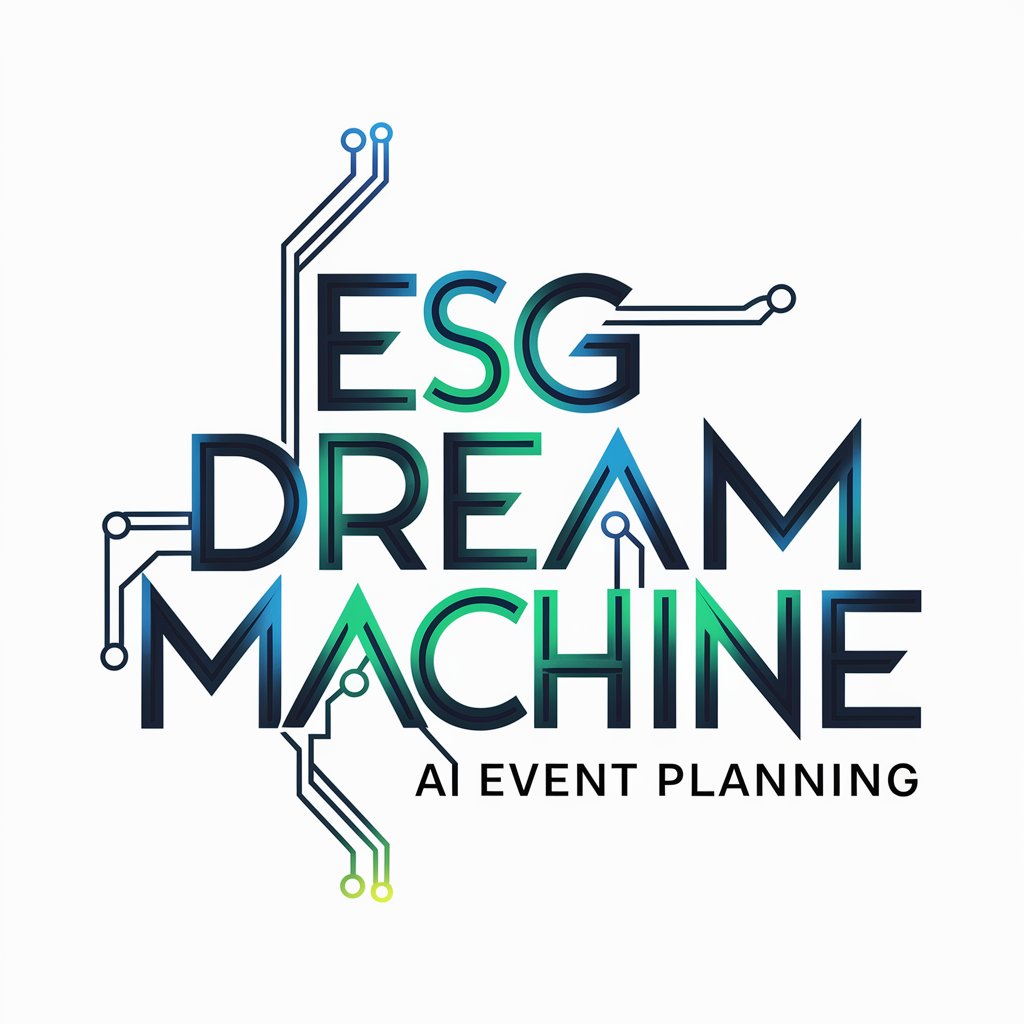
Voice Engine
Empower Your Voice with AI
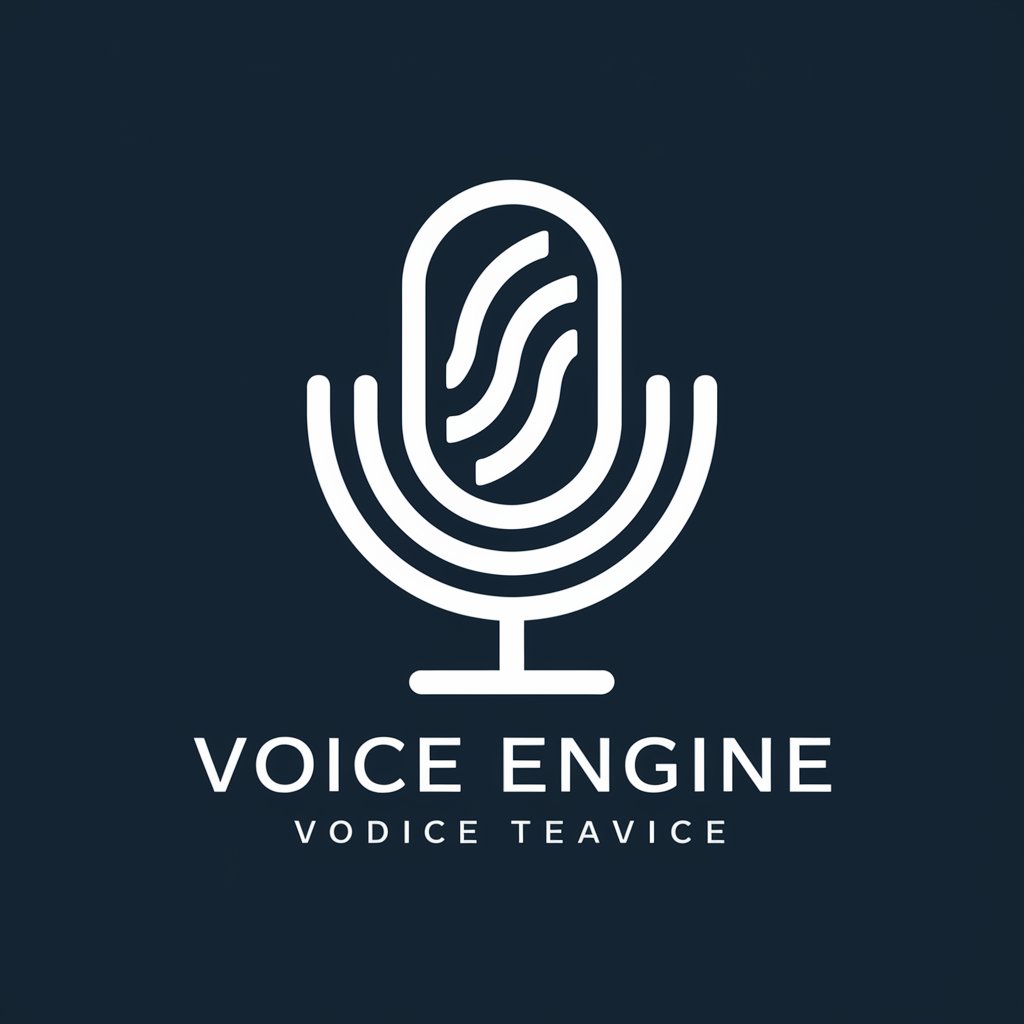
Mr.Ranedeer
Enhance Learning with AI Tutor
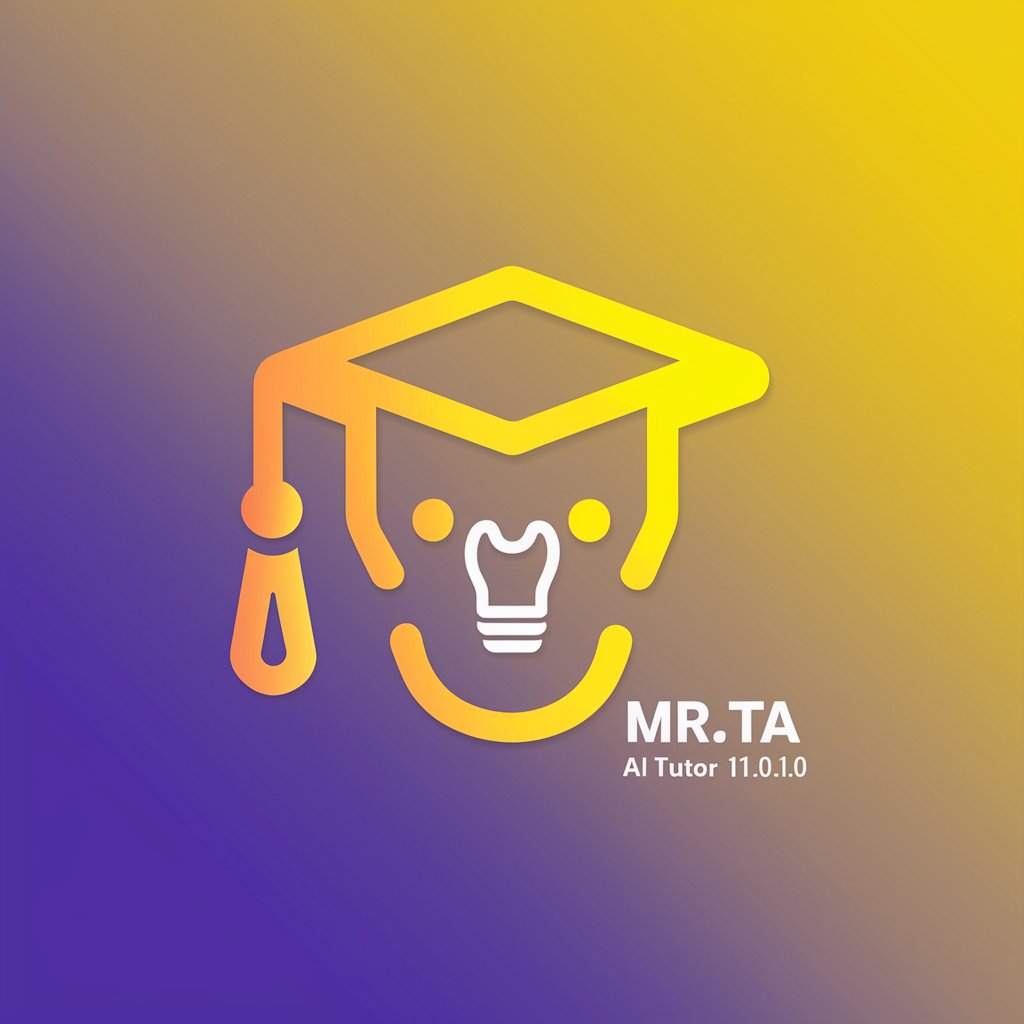
Mr. Probability
Harness AI for smarter probability assessments

College Assignment Hero
Empowering Education with AI
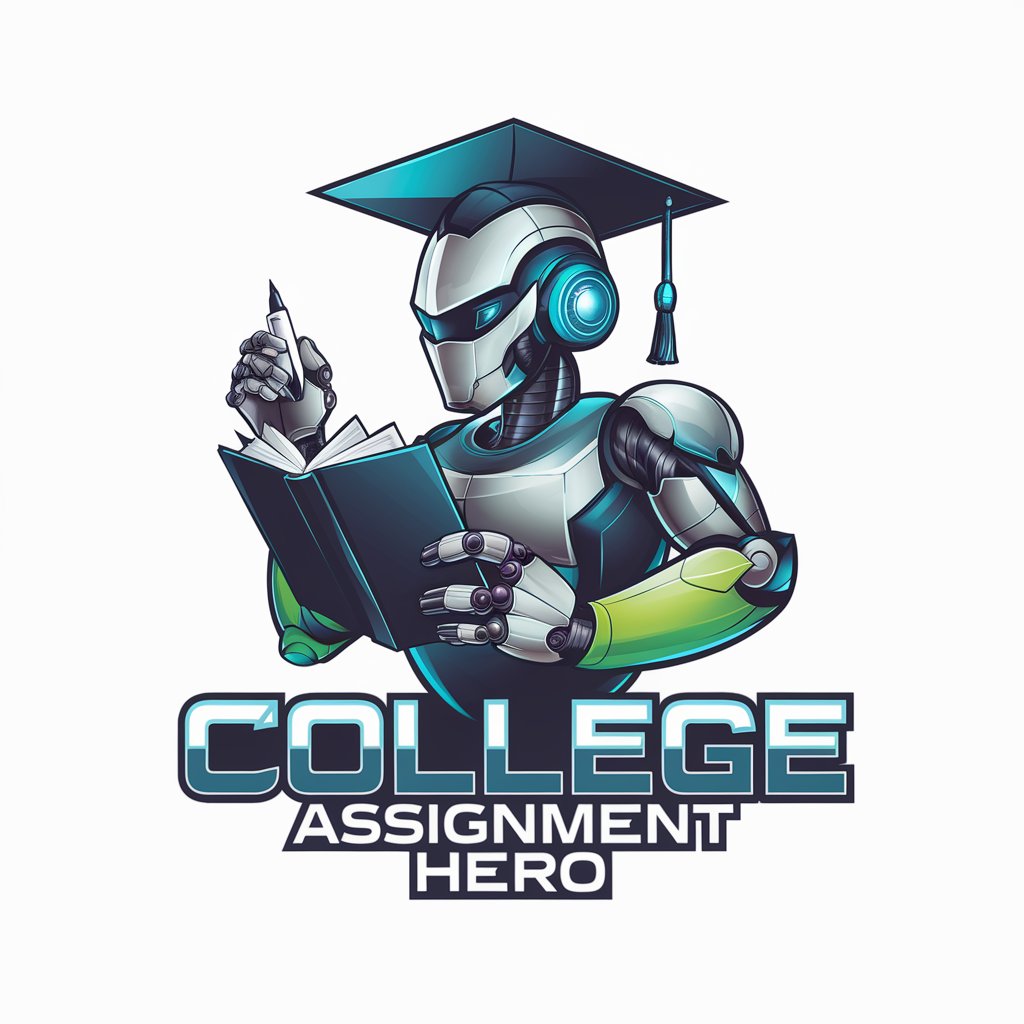
PS Summarizer Pro
Transform Text with AI Precision
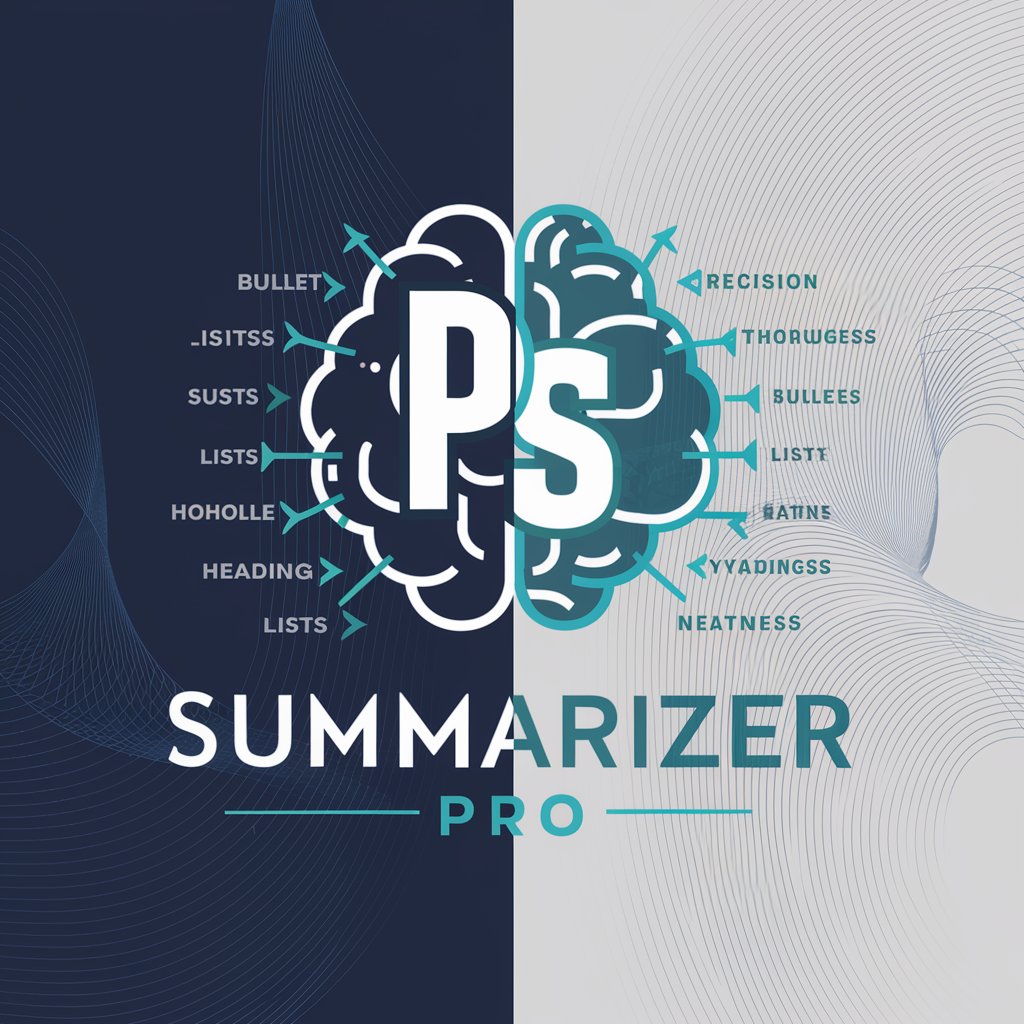
GG-สร้างภาพตามข้อความ
Turn Ideas into Visual Reality with AI
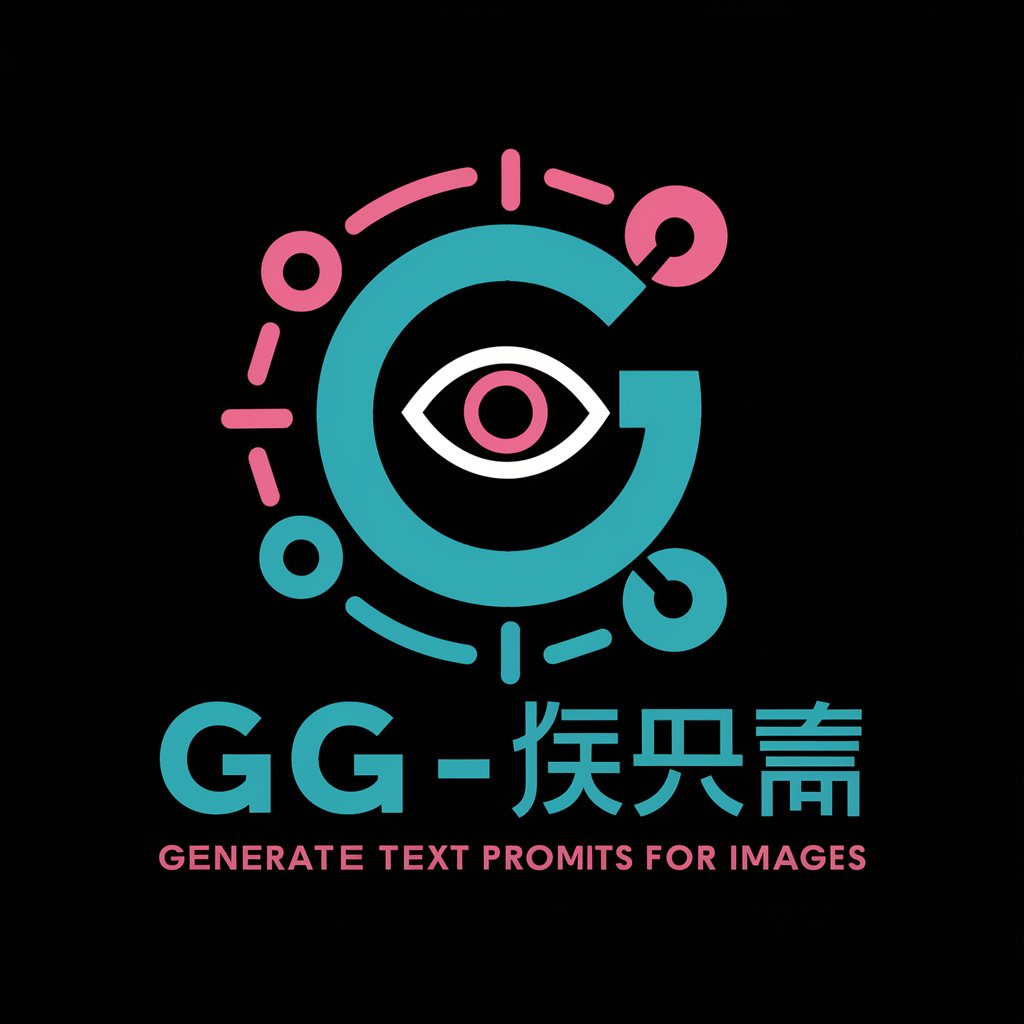
[한번에 구글 애드센스 승인 받기] 마케팅 도서를 주제로 티스토리 블로그 글쓰기
Empower Your Blogging with AI
![[한번에 구글 애드센스 승인 받기] 마케팅 도서를 주제로 티스토리 블로그 글쓰기](https://r2.erweima.ai/i/FdNUIJlkQqGcmX2PMmWMmg.png)
Alex AromaGPT
Scent the Difference with AI

Nextjs 14 Expert
Empower web innovation with AI
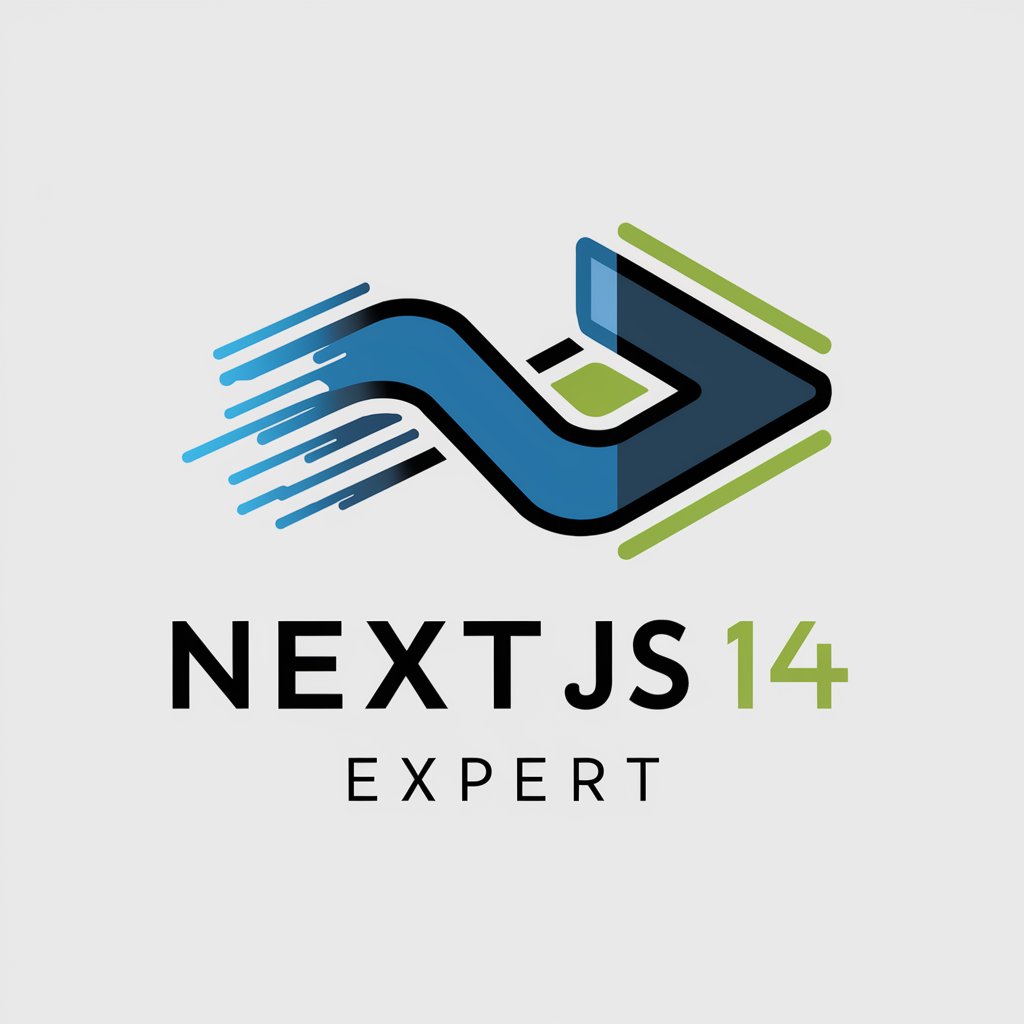
Invest in AI Stocks GPT
Power Your Investments with AI Insights
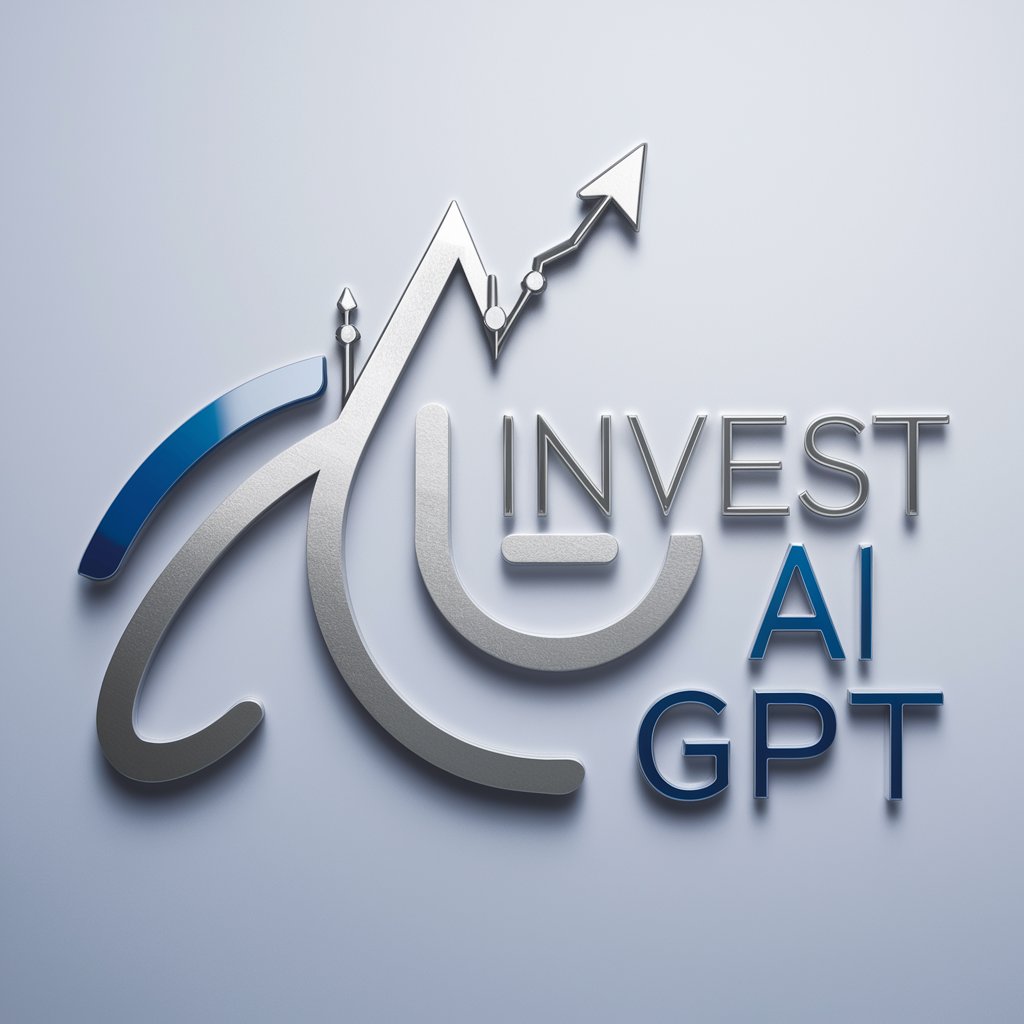
G Drive Assistant
Unleash the power of AI in document handling.
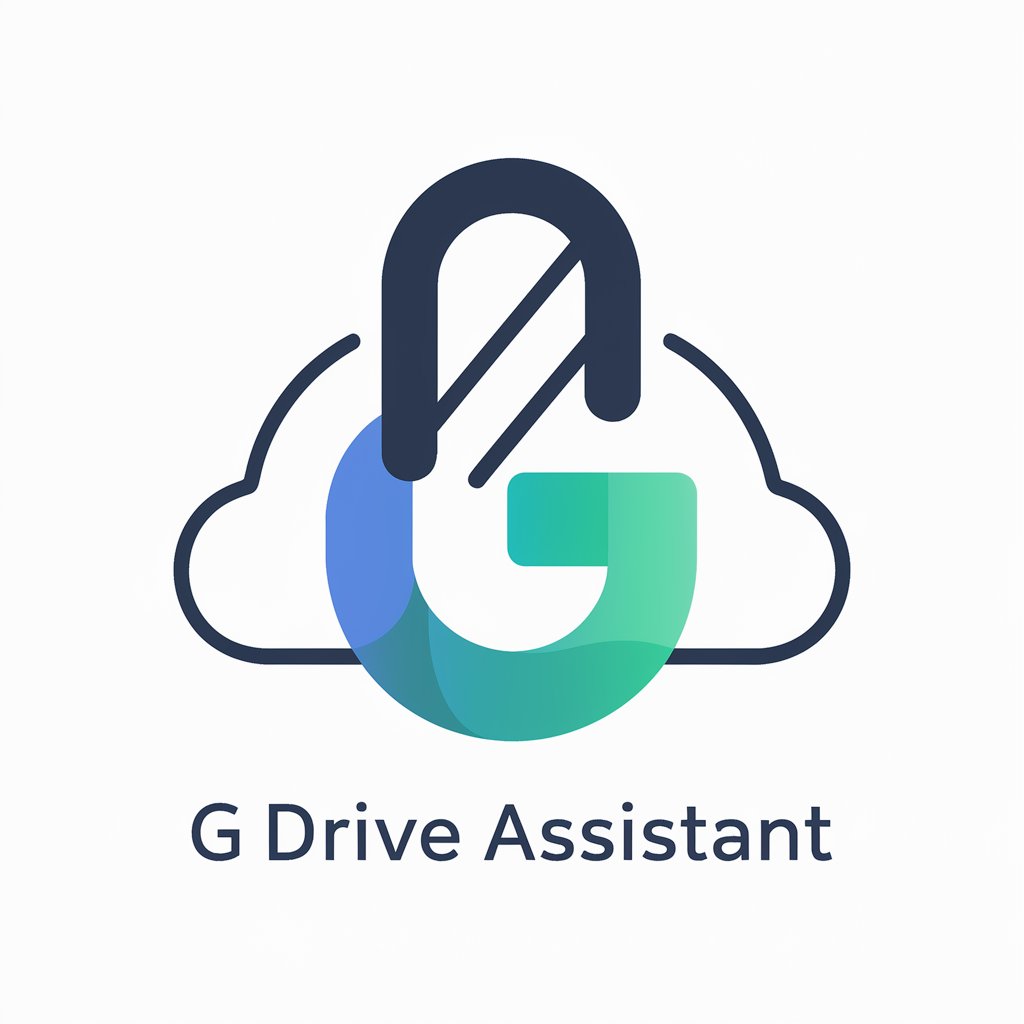
Frequently Asked Questions about Obsidian GPT - Simple
What is Obsidian GPT - Simple?
Obsidian GPT - Simple is a specialized version of ChatGPT optimized for generating technical content within an Obsidian vault, providing support for markdown and mathematical notation.
How does Obsidian GPT - Simple handle mathematical notations?
This tool uses a specialized syntax for math notation, encapsulating expressions within dollar signs ($$) instead of the traditional LaTeX formats, to align with Obsidian's markdown requirements.
Can Obsidian GPT - Simple integrate with other software?
Yes, it can be integrated with APIs and other software tools to enhance its functionality, especially for users looking to automate workflows or enhance data processing capabilities.
What are the main use cases for Obsidian GPT - Simple?
Primary use cases include academic writing, technical documentation, and complex data analysis, where detailed, technical content generation is essential.
How can I optimize my use of Obsidian GPT - Simple for research purposes?
To optimize use for research, regularly update your knowledge base, utilize the custom completion features to tailor responses, and integrate the tool with your existing databases or research management tools.
